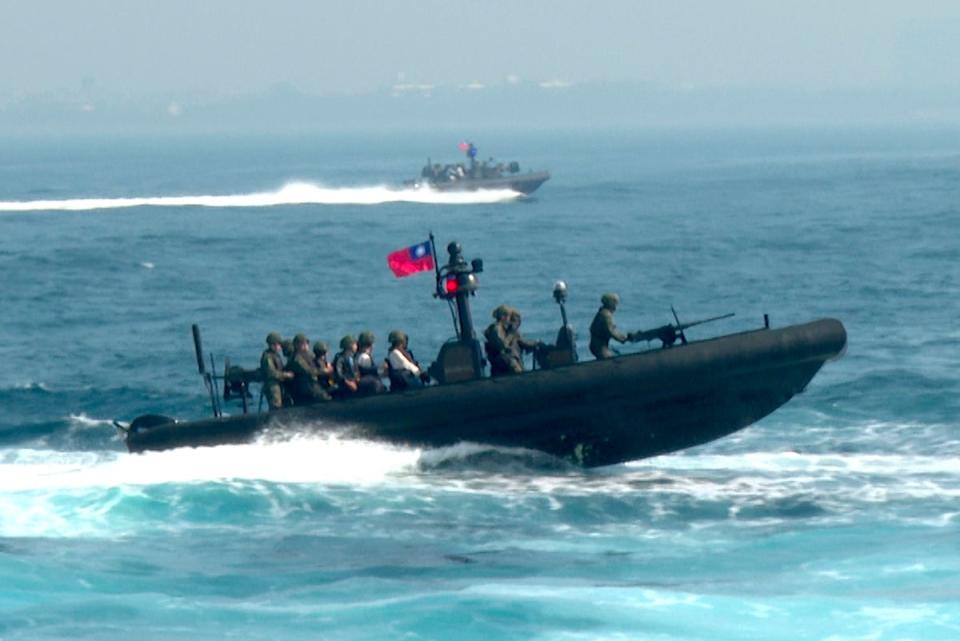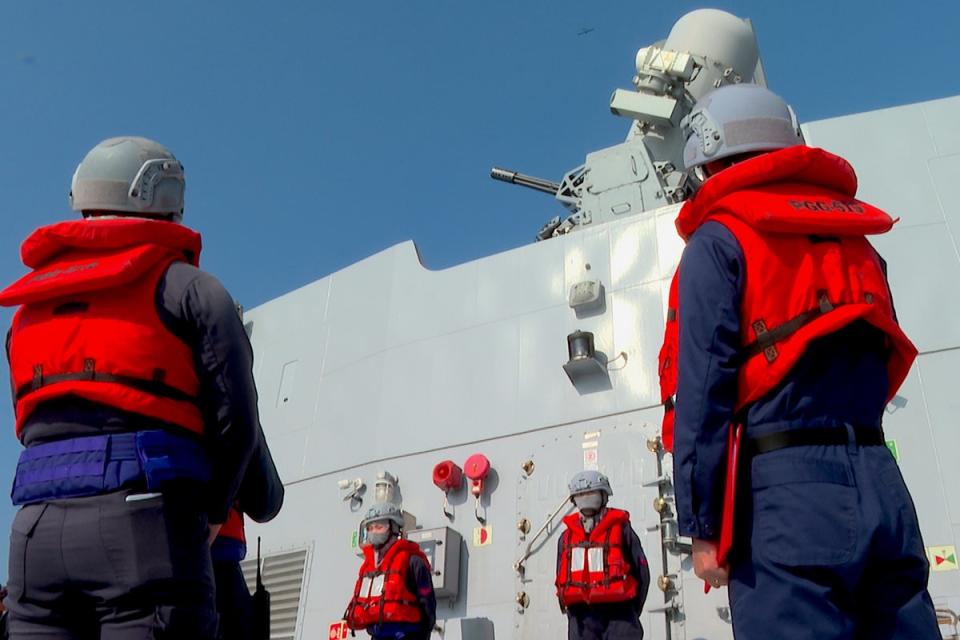Taiwan protests China’s bid to change ‘status quo’ in Taiwan Strait flight path
Taiwan on Wednesday protested China's "unilateral" change to a flight path close to the sensitive media line in the Taiwan Strait in an alleged attempt to change the status quo.
China's civil aviation administration said Beijing was cancelling an "offset measure" for the southbound operation of the M503 flight route, which was just west of the strait's median line.
The median line separating Taiwan from China was drawn by the US in 1954 during a period of heightened friction between Beijing and Taipei. The line has been repeatedly violated by the Chinese military in recent years.
China said it was also opening routes from west to east on two flight paths from the Chinese cities of Xiamen and Fuzhou which are close to the Taiwanese-controlled island groups of Kinmen and Matsu, which have regular flights to Taiwan.
"If the mainland side clings obstinately to its course, it must bear any serious consequences affecting cross-strait relations," said Taiwan's mainland affairs council, adding that China was trying to "package" civil aviation for military considerations to challenge the status quo.
The decision is seen as a deliberate attempt to threaten the self-governed island just weeks after China-critic Lai Ching-te was elected Taiwan’s new president in a vote that has been heavily pressurised by Beijing.

Beijing argues Taiwan, which has been self-ruled since a 1949 civil war, is part of its sovereign territory and has not ruled out the use of force to bring it under its control.
The Xi Jinping administration has beefed up its military presence in the waters surrounding the island to intimidate Taiwan, and has said it was aiming to have its military ready for a potential invasion by 2027.
Apart from Chinese military aircraft routinely crossing the median line, Beijing has also flown 57 "weather monitoring balloons" in January inside Taiwan's territory, according to Taiwan News.

Chen Binhua, a spokesperson for China's Taiwan affairs office, said the balloons were used for meteorological monitoring purposes. "They have a long history and are nothing new," he said.
"The Democratic Progressive Party authorities are advised not to politically hype up such issues and incite cross-strait antagonism and confrontation," he added, referring to the ruling party.
The high-altitude balloons became a point of contention between the US and China in February last year after Washington shot down an alleged Chinese surveillance balloon, which Beijing said was a civilian craft that accidentally drifted astray.
Meanwhile, Taiwan's defence ministry on Wednesday said it detected 22 Chinese air force planes conducting "combat readiness patrols" with warships around the island.
The patrols were likely conducted in response to the Taiwan military's two-day annual sea and air drill, which concluded on Wednesday.


